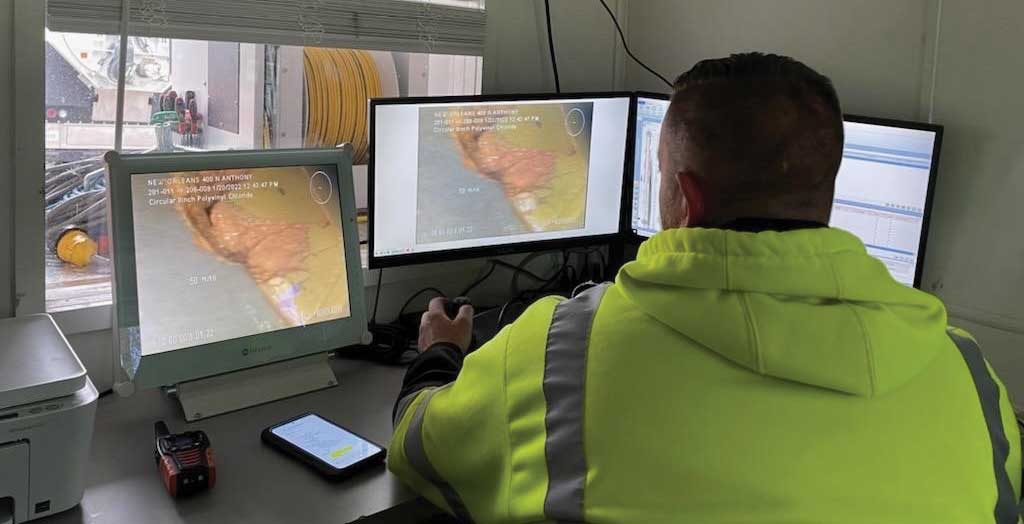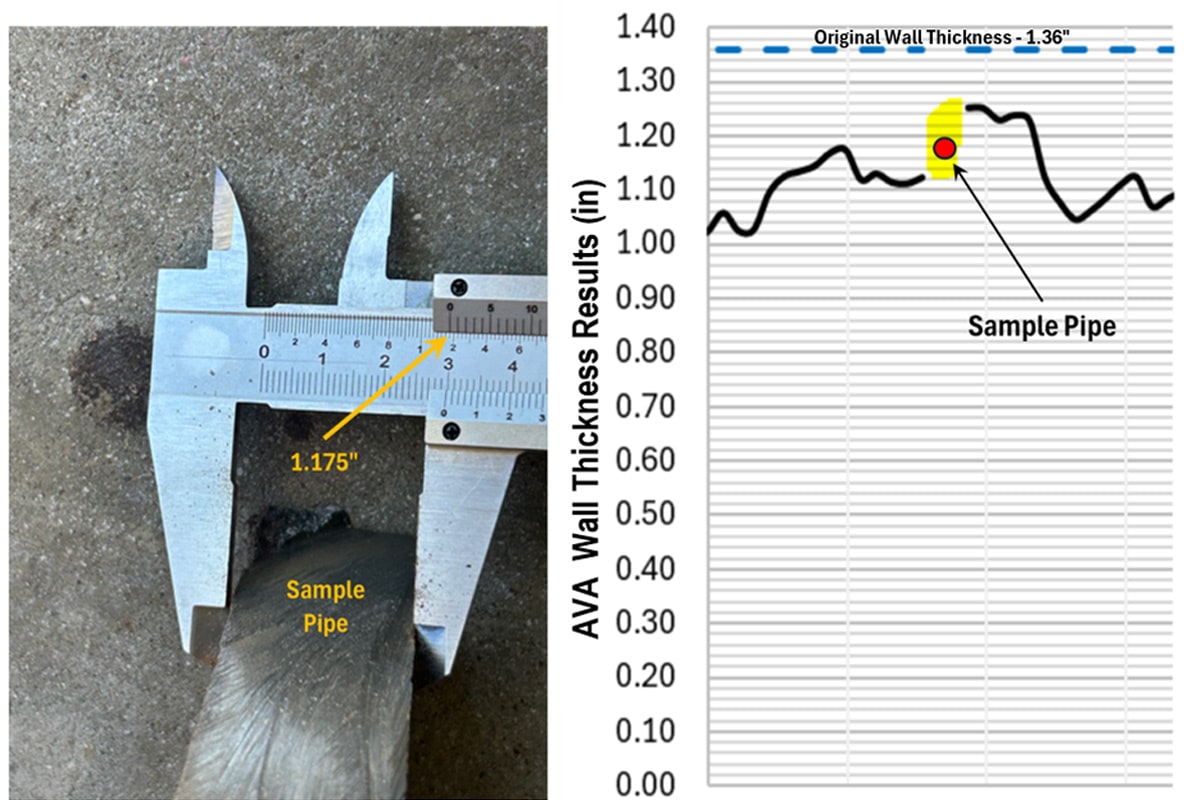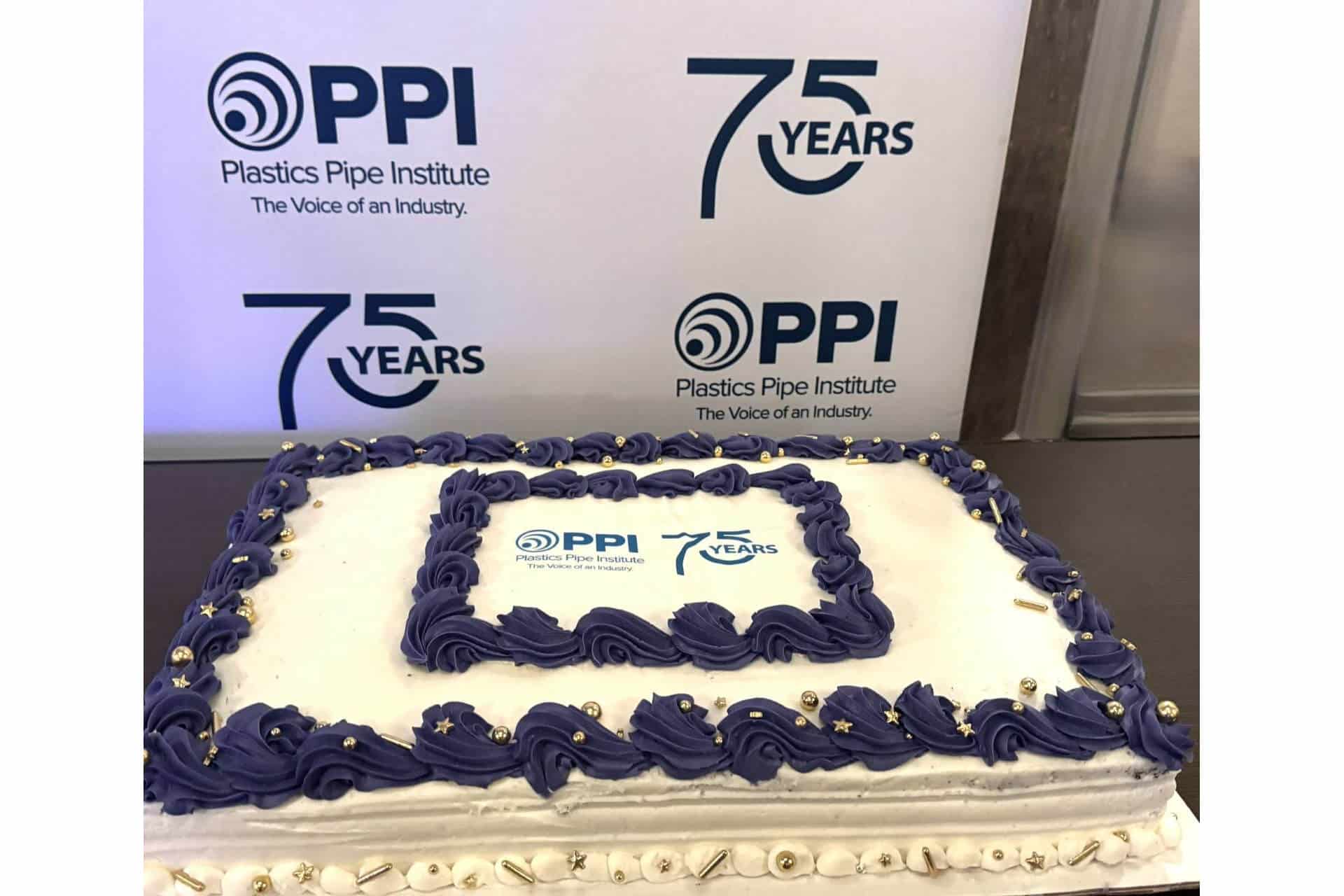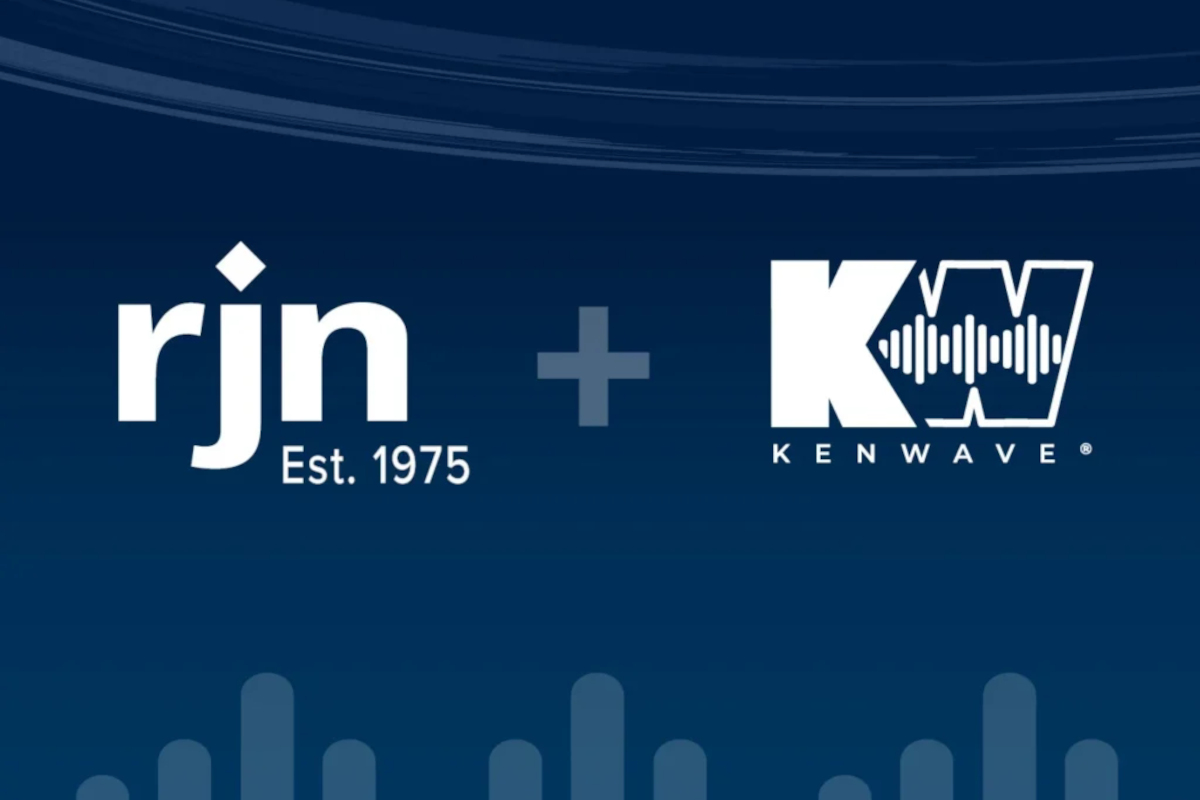
Using Artificial Intelligence to Enhance Condition Assessment
HK Solutions Group (HK), known prior to 2020 as Hydro-Klean, is a sewer services contractor based in Des Moines, Iowa, and has for the past five decades provided pipeline inspection, cleaning, and trenchless infrastructure rehabilitation services to more than 150 wastewater utilities throughout the United States. Currently, HK operates a fleet of 20-plus CCTV inspection trucks deployed from its 11 offices across six states.
In late 2020, HK began evaluating artificial intelligence (AI) computer vision technologies, increasingly referred to in our industry as automated defect recognition (ADR), as a means to standardize and enhance its condition assessment deliverables, as well as to accelerate inspection workflows in the field, reduce its internal costs, and to become more competitive on municipal low-bid opportunities.
HK was referred to SewerAI by a large engineering firm HK had been working alongside. SewerAI, based in Walnut Creek, California, provides software and professional services for sewer condition assessment and had earlier that year brought to market a set of AI-based tools, called AutoCode, for automatically identifying pipe conditions in CCTV sewer data.
RELATED: The Future is Now – How Artificial Intelligence Is Impacting Trenchless Technology
SewerAI’s AutoCode technology employs a two-step process whereby, in the first step, various AI computer vision algorithms (also known as “AI models”) that use parallel computing processes in a cloud environment, are trained to automatically recognize conditions in sewers and analyze each frame of CCTV pipe inspection videos.
These AI models look for defects and features, such as broken pipe, cracks/fractures, pipe deformation, offset joints, as well as construction features like lateral connections, and maintenance issues like root intrusions, infiltration, grease and calcium deposits.
These AI models can be trained through various processes, usually involving hundreds of thousands of example images of sewer conditions provided to these algorithms, and through ingesting these examples, the algorithms attain the ability to “generalize,” which basically means the algorithm can understand the visual characteristics of the condition it’s been trained to identify, such that when shown a similar image, never before seen by the algorithm, the tool can correctly identify it.
At the end of the first step of the AutoCode process, when one of the AI models recognizes in a given image a pipe condition it’s been trained to identify, the tools report these as “predictions.” A confidence score (also generated by each AI tool) for each prediction is included in the output.
In SewerAI’s AI-assisted process, the second step involves reviewing each AI model’s predictions by a technician who holds a NASSCO PACP certification. The technician is presented with the images where the AI tools have predicted various conditions, and each prediction is evaluated in the context of the entire inspection video, where that individual also leverages their own experience and background, and a final determination is then made about what observations belong in the final condition assessment report.
The initial discussion between SewerAI and HK began with an educational meeting between leadership at the two companies, including HK chief of sales officer Mike Ingham. SewerAI shared about its technological progress, some of its early projects, limitations of the technologies, early lessons learned, and current and potential use-cases for AutoCode.

An important next step was an initial pilot project HK Solutions conducted with SewerAI in November 2020. This pilot project was successful, showing the simplified AI-enabled workflow where CCTV operators no longer needed to manually annotate large numbers of pipe conditions in real-time caused the HK Solutions crews to obtain significantly more inspection footage during a work day.
RELATED: Artificial Intelligence – Pipe Inspection’s Next Big Thing
SewerAI was also able to demonstrate the data turn-around time was fast enough to meet HK’s operational needs, and HK’s clients were satisfied with the quality of the condition assessment reports.
In spring 2021 HK Solutions Group became one of the first subscribers to SewerAI’s newly brought-to-market Cloud platform for inspection data management, called PIONEER, with HK initially committing to send SewerAI tens of thousands of linear feet of CCTV inspection data each month via the cloud for condition assessment using the AutoCode tools. After about four months of this initial engagement, HK chose to fully implement the AI-assisted process in nearly all of its CCTV projects, and HK began providing SewerAI with hundreds of thousands of linear feet of data for AutoCode each quarter.
By early January 2022, SewerAI and HK had mutually completed more than 1 million lf of sewer and storm condition assessments using the AI-assisted process, making both HK and SewerAI the first in the world to achieve a milestone such as this. One analysis of several projects conducted by HK prior to engaging with SewerAI comparing similar projects post-engagement identified a 91 percent increase in CCTV production in the field, for the number of linear feet of pipe video collected in a typical crew shift.
Perhaps more importantly than the accelerated workflow, is how HK has leveraged SewerAI’s technologies for inspection data management, and the way HK’s project management and sales staff is now able to proactively present to its clients’ specific rehab and repair opportunities found in sewer systems. By sharing with clients in-pipe data and findings via secure URLs, HK is able to quickly communicate with project stakeholders across the United States, rapidly accelerating the decision-making process for providing additional solutions.
According to Ingham, “what initially drew HK to Sewer AI was the anticipated efficiencies that we would realize in the collection and management of the data. What we realized once we began utilizing Sewer AI is that we underestimated how much our productivity in the field increased, it reduced the turnaround time of our customer deliverables. Our ability to dramatically shorten the time from data collection to hand-delivering an assessment report to our customers has proven to be a significant factor in gaining and retaining the great municipalities and engineers we target to partner with.”
Eric Sullivan is the director of business development at SewerAI.




